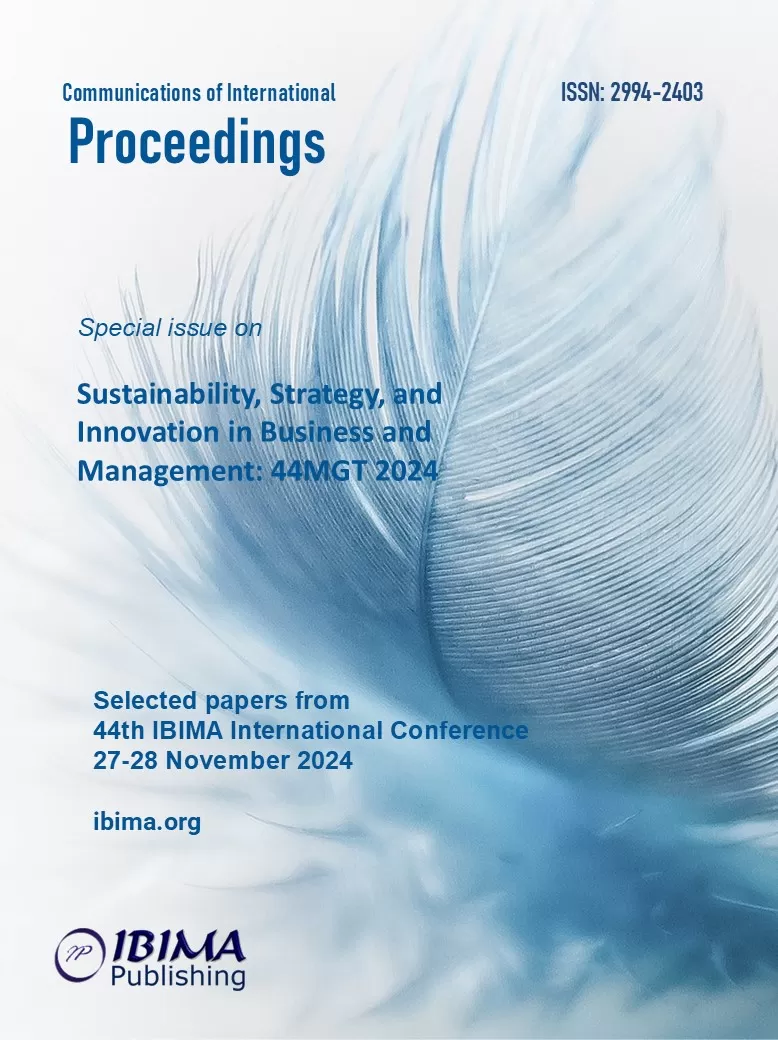
Joanna WYROBEK1, Marek LESNIAK1, Andrzej ZYGUŁA1 And Pawel GONERA2
1Department of Corporate Finance, Cracow University of Economics, Cracow, Poland
2Full Stack Developer

The study examines the distinct functionalities and applications of project management tools to determine their suitability for various industries and organizational needs. While existing comparative analyses often overlook key differences, this research fills the gap by evaluating 13 popular tools, selected based on frequency of mention in the literature. The analysis considers criteria such as communication methods, project hierarchy, ease of use, integration capabilities, support for methodologies (Agile, Scrum, Gantt), emotional management functionalities, and sector-specific applications. Key findings reveal significant differences among tools: Older tools like Microsoft Project cater to large teams and complex projects but have steep learning curves and higher costs. Newer tools such as ClickUp and Notion are more user-friendly, flexible, and preferred by smaller teams and startups. Methodologies vary, with Agile-supporting tools like Jira and Wrike, and Waterfall-focused ones like Smartsheet and Microsoft Project. Emotional management features, such as mood tracking, are often added via plugins (e.g., Slack, Jira). Tool preference depends on team size, industry, and project complexity. For instance, Trello and KanbanFlow are ideal for small teams, while Wrike and Asana excel in larger, more complex environments. Despite apparent similarities, the tools are complementary, with each serving distinct user groups. The study concludes that the best choice depends on specific organizational needs and work styles.